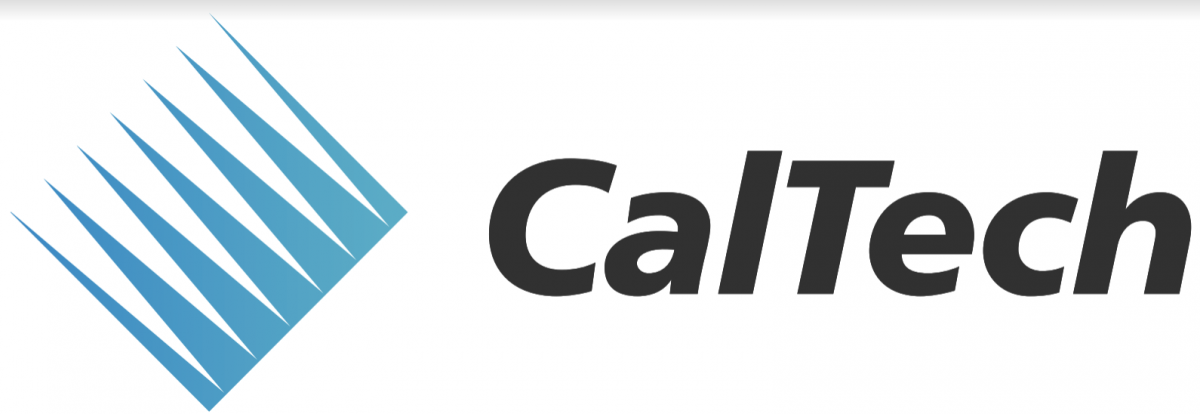Major Security Threats in Cloud Computing Explained By IT Services Provider in San Antonio
San Antonio, United States - May 30, 2023 / CalTech - San Antonio Managed IT Services /
Cloud Computing Security Threats Explained By San Antonio IT Services Provider
As a small or mid-sized business owner, you may be using cloud computing services to store your data and applications, but have you considered the security threats that come with it?
46% of all cyber breaches impact businesses with fewer than 1,000 employees.
Cloud security threats, including data breaches, financial losses, and reputation damage, can devastate small businesses.
This blog post will discuss the top cloud security threats for businesses and how a managed service provider (MSP) can help you mitigate these risks.
IT Services Provider in San Antonio Highlights 5 Major Cloud Security Threats Facing Businesses Today
1. Data Breaches
Data breaches occur when sensitive data is accessed, stolen, or used without authorization. And these cloud computing security threats are becoming so common that over 45% of U.S. businesses have experienced at least one.
An MSP can help you reduce the risk of data breaches by implementing robust security measures that can identify potential threats and protect against them. They can also help you monitor your data in real-time to identify unusual activity and respond quickly to potential threats.
Check out these additional resources to learn how an MSP can help you complete your digital transformation and secure your cloud environments.
2. DDoS Attacks
A Distributed Denial of Service (DDoS) attack overwhelms your system with traffic, causing it to crash or become unavailable to legitimate users.
SMBs are often targeted by these security threats in cloud computing by DDoS attacks because you may not have the sophisticated tools to defend against them.
3. Insider Threats
Insider threats occur when employees or contractors with access to your data expose it to unauthorized parties.
Insider threats can be intentional, such as when an employee steals sensitive data to sell it on the black market. They can be unintentional, too, such as when an employee accidentally shares sensitive data with the wrong person or if access to data in the cloud is misconfigured.
4. Malware
Malware is a type of software that is designed to damage or disrupt your computer systems. It can infect your system through emails, downloads, or compromised websites.
Malware is a severe cloud computing security threat with the potential to cause significant harm to your IT and your business.
5. Phishing Attacks
IT services provider in San Antonio explains that phishing attacks are a prevalent cyberattack aimed at deceiving individuals into divulging sensitive information. These attacks can occur through emails, social media, or instant messages. The effectiveness of phishing attacks has led to a significant increase of 61% compared to the previous year.
Security Threats in Cloud Computing: Why Do They Happen and How Can I Avoid Them?
Did you know that 45% of security breaches occur in the cloud? Here are some of the reasons why breaches happen in the cloud and what you can do to defend against security threats in cloud computing.

1. Assess Your Systems Regularly
To ensure your cloud security, it is essential to have a clear understanding of your cloud infrastructure. This includes knowing what data and applications are stored in the cloud, who has access to them, and how they are protected.
You can achieve this by conducting regular audits and assessments of your cloud infrastructure and working closely with your cloud service provider to ensure that security policies and procedures are in place.
2. Pay Attention to Access Controls
Another reason why security breaches happen in the cloud is the lack of identity and access controls.
In the cloud, multiple users can access the same data and applications, making it challenging to control who has access to what. If access controls are not properly configured, unauthorized users can gain access to sensitive data, leading to a security breach.
To ensure your cloud security, it is important to implement strong access controls. This includes using multi-factor authentication, shared responsibility models, restricting access to sensitive data, and monitoring user activity – all of which an MSP offers through access management services.
To further avoid cloud security challenges, should also implement policies that ensure that access is granted only to those who need it and that access is revoked when it is no longer required.
3. Use Encryption to Secure Data in Transit and at Rest
Data encryption is an essential component of cloud security, as it ensures that data is protected even if it is accessed by unauthorized users.
To ensure your cloud security and avoid data loss, it is important to encrypt all data that is stored in the cloud – whether it be hosted in a public cloud, private cloud, or hybrid.
This includes data in transit as well as data at rest. You should also ensure that your encryption keys are stored securely and that their access is restricted to authorized users.
4. Audit Vendors and Evaluate Third-Party Risk
Many businesses rely on third-party vendors to provide cloud services, such as infrastructure, platforms, or software.
To ensure your cloud security, it is important to vet third-party vendors carefully.
This includes conducting due diligence to ensure the vendor has the necessary security controls, reviewing their security policies and procedures, and ensuring they comply with relevant regulations and standards.
You should also have clear contractual arrangements with third-party vendors that outline their security responsibilities and liabilities for managing your cloud technology.
How CalTech Can Help You Avoid Cloud Security Threats
Security breaches happen in the cloud for various reasons, including lack of visibility, insufficient identity or access controls, inadequate data encryption, and third-party risk. However, by working closely with your cloud service provider and implementing best practices in cloud security, you can protect your data and minimize the risk of a security breach.
Enhance your cloud computing security and safeguard your valuable infrastructure and systems with CalTech. As a trusted San Antonio IT services provider, we offer comprehensive solutions to mitigate cloud security threats. With a team of over 100 IT experts, we are equipped to protect your cloud environment effectively. Contact us today to fortify your cloud infrastructure and ensure peace of mind.

Contact Information:
CalTech - San Antonio Managed IT Services
7550 I-10 Suite 1203
San Antonio, TX 78229
United States
Casey Wolfe
(866) 886-0913
https://www.caltech.com/
Original Source: https://www.caltech.com/cloud-security-threats/


